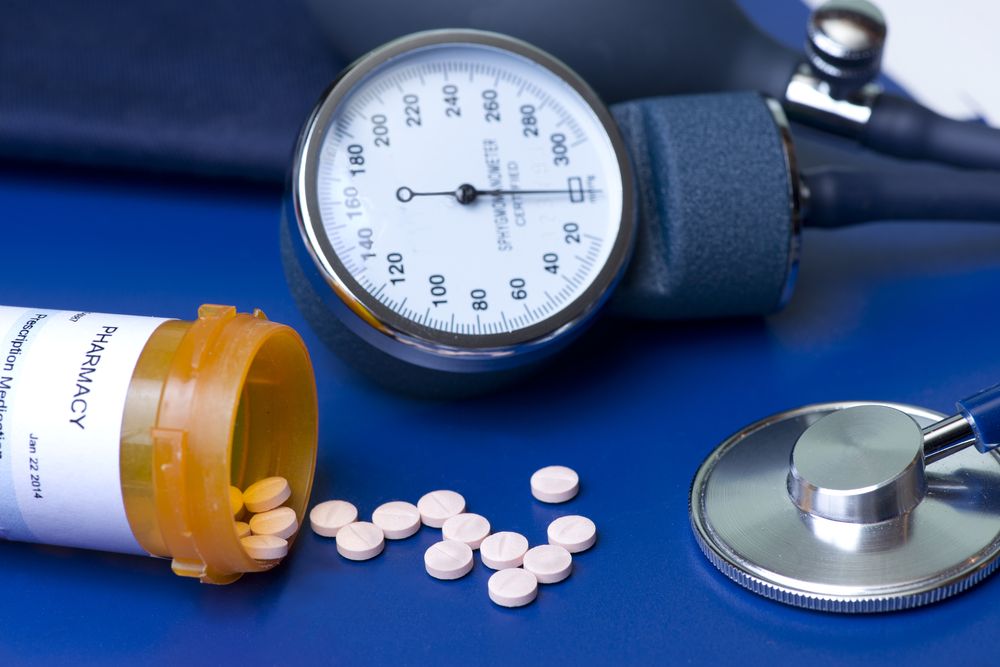3 Low Pressure Questions About Hypertension
Some things never change, or do they? Find answers here to key questions about the current state of high blood pressure treatment.
© Sherry Yates Young/Shutterstock.com

After 8 iterations of JNC, hypertension therapy has its very own innate complexity. It seems that some things never change-such as thiazide diuretics for hypertension-or have they?
Let’s ask some questions regarding blood pressure treatment in 2015:
Please click here to go to the next page
1. Am I doing the right thing when I prescribe hydrochlorothiazide (HCTZ) for most to all of my patients with hypertension?
Good question, and the answer may be a resounding no! A recent publication shatters some long-held treatment practices based on evidence and efficacy.1 Did you know that-
• “HCTZ is one of the weakest antihypertensive agents available”?
• Its blood pressure–lowering effect does not persist a full 24 hours?
• No study has proven that 25 mg of HCTZ reduces the risk of stroke, myocardial infarction, or death?
• Combining other drugs with HCTZ (eg, angiotensin converting-enzyme inhibitor [ACEI] + HCTZ) does not provide reductions in cardiovascular events similar to those with other combinations (amlodipine + ACEI)?
Food for thought: Efficacy data for diuretics in hypertension have been obtained for chlorthalidone and indapamide, not for HCTZ!
I would answer question #1 with another question, “Is it high time for a change in practice?”
Please click here to go to the next page
2. Should I treat dihyropyridine-induced calcium channel blocker (CCB) edema with a diuretic?
The edema in this situation is not a result of volume expansion!1 It is a result of vasodilatation. However, combining a CCB with an ACEI has been shown to decrease the incidence/severity of the edema. Using a diuretic in this clinical situation is asking for hypokalemia, renal dysfunction, alkalemia, and volume contraction.
Please click here to go to the next page
3. Because ACEI and angiotensin II receptor blocker (ARB) agents have a host of good vascular effects, will combination use with an ACEI and an ARB together become the standard practice in hypertension treatment?
Benefits of this approach have not been proven. More importantly, complications such as hyperkalemia, hypotension, and renal failure have been realized.1 The adverse effect problem is also present in the treatment of heart failure and nephrotic syndrome, not just hypertension.
One additional point: Adding spironolactone to an ACEI or ARB may be acceptable based on studies in patients with systolic heart failure.1
Appropriate treatment of patients with hypertension is a most important responsibility of primary care physicians. Let’s keep up and change old practices when we need to.
Please click here to go to the next page
Take-aways:
• Some long-held HCTZ treatment practices for hypertension have been shattered based on evidence and efficacy.
• Combining a CCB with an ACEI has been shown to decrease the incidence/severity of dihyropyridine-induced CCB edema, but using a diuretic in this situation is asking for trouble.
• Benefits of combination use of an ACEI and an ARB have not been proven, and complications have been realized.
References:
1. Argulian E, Grossman E, Messerli FH. Misconceptions and facts about treating hypertension. Am J Med. 2015; 128:450-455.